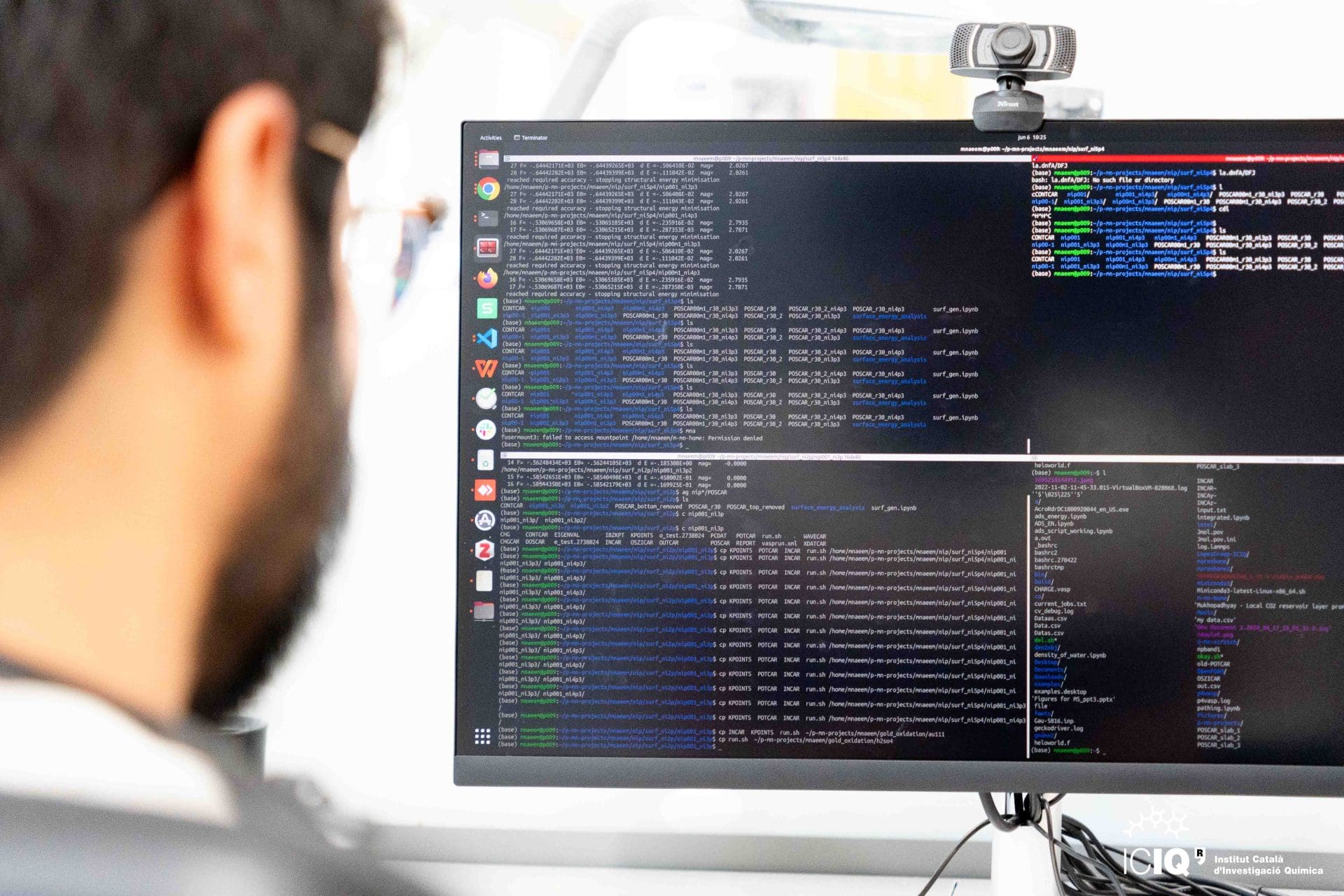Thinking about the Box: Exploring the Electronic Structure of a Cuboidal-Shaped Mo84 Anionic Nanocapsule
The cubic-shaped polyoxothiomolybdate [ M o 84 O 188 S 48 ( A c O ) 24 ] 40 – first reported by Cadot and collaborators has been characterized by DFT methods for the first time, elucidating its electronic structure by means of the analysis of the density of states as well as its frontier molecular orbitals. Moreover, the electron density of this complex molecular oxo-cluster has been studied through QTAIM analysis, focusing on the characteristic Mo(V)-Mo(V) bonding pattern appearing at the corner subunits of the nanocapsule.

Garay-Ruiz, D.; Buils, J.; Bandeira, N. A. G.; Floquet, S.; Cadot, E.; Bo, C.
Inorg. Chem. 2025, 64 (6), 2716-2722
DOI:
10.1021/acs.inorgchem.4c04497
Associated projects:
-
CompChem-4.0
This project is aimed at applying modern computational chemistry methods to solve problems in the fields of catalysis and nanoscience, some of those called emerging chemical technologies that show great promise for alleviating important societal problems and for a sustainable development.
See more -
Data4Mat
Data4Mat will boost the digital discovering of new catalysts to help solving crucial societal challenges such are the climate change and the quest for alternative energies sources by applying modern computational chemistry methods and advanced data treatment. Fixing CO2 to create value-added chemicals as are organic carbonates and/or polycarbonates, and finding catalytic materials to form hydrogen efficiently are the two main targets of the project.
See more

Let's create a brighter future
Join our team to work with renowned researchers, tackle groundbreaking
projects and contribute to meaningful scientific advancements























